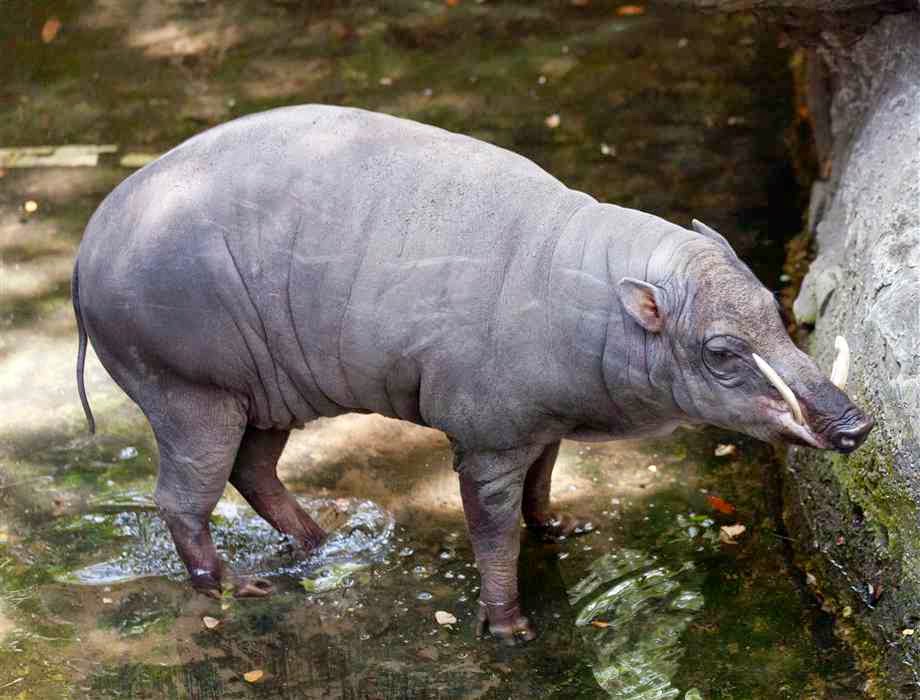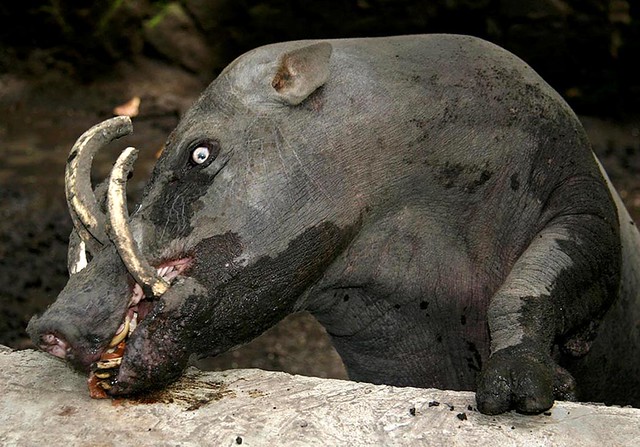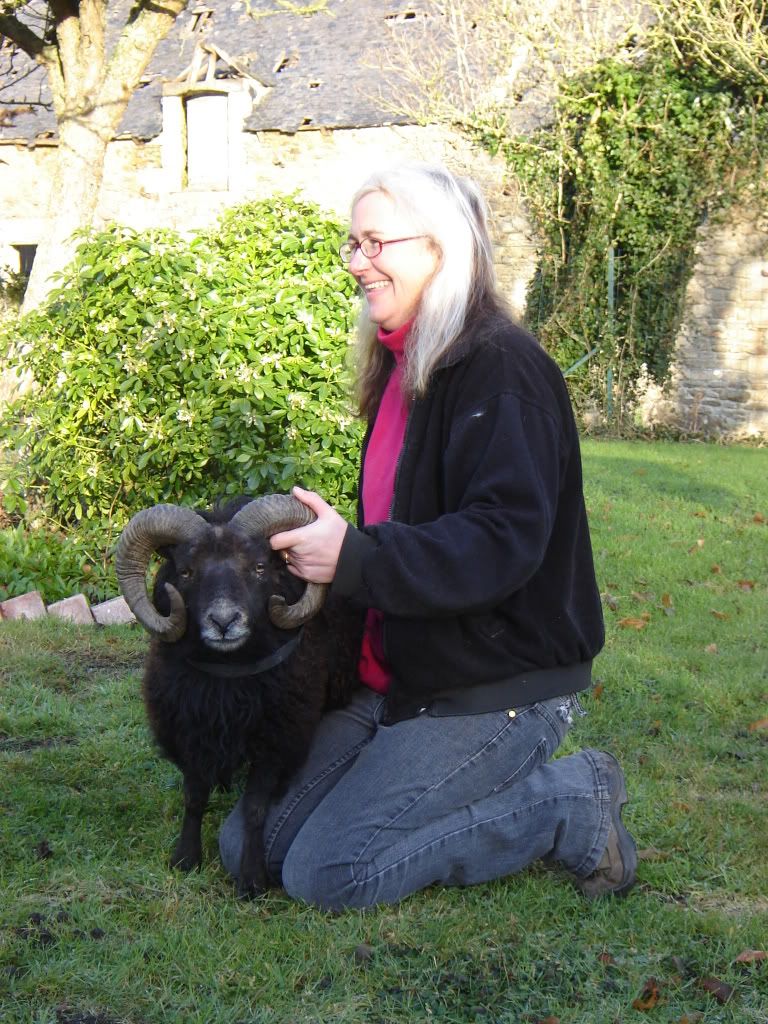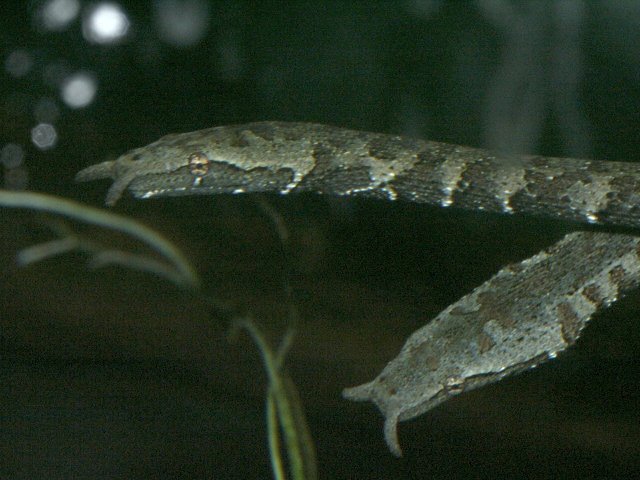-
Welcome to Smogon! Take a moment to read the Introduction to Smogon for a run-down on everything Smogon, and make sure you take some time to read the global rules.
You are using an out of date browser. It may not display this or other websites correctly.
You should upgrade or use an alternative browser.
You should upgrade or use an alternative browser.
Nerd Animal Thread (Animal Facts you Know and Love)
- Thread starter Chou Toshio
- Start date

This is the leafy sea dragon, a master of camouflage who lives off the southern coast of Australia. The leafy protrusions on his fins do not aid in movement; they are simply for blending in with seaweed.
They are very slow creatures, their top recorded speed being 0.15 km/h, meaning that they must rely on their brilliant camouflage in order to avoid predators. Unlike sea horses, they cannot grip onto seagrass, meaning that some are washed ashore during heavy storms.
The leafy sea dragon is the marine emblem of the state of South Australia, and is a common sight for scuba divers in Adelaide.

THAT AIN'T FALCO
One of the largest birds of prey in the world, and the largest in the Haliaeetus (or sea eagles), is the majestic looking Steller's Sea Eagle. Ranging from the Kamchatkan Peninsula down to the Amur River on the border of Russia and China, as well as along the coasts of Japan, where it is considered a national treasure. They often nest along coastlines, but can also be found alongside rivers with mature tree growth.
It's primary source of food is fish, which is of particular concern as the rapidly depleting fisheries along the Japanese coasts and the Sea of Okhostk are causing the number of birds to decline. The Steller's Sea Eagle is considered "Vulnerable" by the IUCN, as alongside the decline food sources, threats of oceanic pollution, poaching for the feathers and eggs, and habitat loss in the forests have caused the number to drop down to the currently estimated 5000 in the world.
The Amazon Molly is an all-female species of fish.
It will always have to mate with males of other species of Mollies, alike how female-only Pokemon have to stay with males of different Pokemon within the egg group.
Amazon molly offsprings are genetically identical to the mother.
But they have to have a sperm to activate the egg.

It will always have to mate with males of other species of Mollies, alike how female-only Pokemon have to stay with males of different Pokemon within the egg group.
Amazon molly offsprings are genetically identical to the mother.
But they have to have a sperm to activate the egg.

SQUID DISSECTION
Huh, I always pictured the colossal squid to be a lot bigger than that. Cool video though, stuff from the deep, deep blue is always cool to look at.
On that note, may I present to you the Rhinochimaeridae.

Found in temperate and tropical / subtropical oceans around the world at a typical depth ranging from 200 to 2000m, the Rhinochimaeridae is a family of cartilaginous fish that is diverged from sharks and rays roughly 400 million years ago. They are similar to other Chimaeridae in overall form and habitat, but are distinguished with the large paddle like snout. The snouts are home to sensory nerves used to locate prey and predators. Along with the snout, the front dorsal fins are usually home to venomous spines.
The Pangolin, also known as the scaly anteater, are covered with keratin scales as armor which are soft as a baby and hardens as it matures, weighing about 20% of their body weight.
The name is derived from the Malay word pengguling which means 'something that rolls up', while its Mandarin name Chuanshanjia translates roughly into "mountain-burrowing armored creature".
Pictured is a baby Chinese Pangolin, which are born one at a time. This particular species along with the Sunda Pangolin are currently critically endangered.
Research indicates that orcas are capable of vocal learning - imitating new sounds that they hear and using them in the appropriate social context - and applying it in a cross-species situation. Recordings made over time of orcas socialized with and housed near bottlenose dolphins in captivity show that the orcas gradually adapted their calls to sound more like those of their smaller cousins; while this doesn't constitute proof that orcas have true language abilities, it does indicate significant neural plasticity and is a piece of evidence supporting the hypothesis that orcas have actual languages.
SOURCE
paging jumpluff
SOURCE
paging jumpluff
The Tuatara is a living dinosaur! The Tuatara is a lizard like reptile endemic to New Zealand, and is the only living member of the order Rhynchocephalia, which dates back to the Mesozoic era! The can hear without having any visible external ears, but the most amazing part about them is that they have a very small 3rd eye on the top of their head!



Enter the axolotl, an aquatic salamander native to some lake in Mexico. They have the ability to easily regenerate their own body parts (this is called neoteny.) However, they are currently endangered in nature. Their only remaining natural habitat is in Lake Xochimilco in Mexico; the axolotl population in the lake has been decreasing rapidly because of the introduction of the African karp to the lake.

I love them ^_^
Enter the axolotl, an aquatic salamander native to some lake in Mexico. They have the ability to easily regenerate their own body parts (this is called neoteny.) However, they are currently endangered in nature. Their only remaining natural habitat is in Lake Xochimilco in Mexico; the axolotl population in the lake has been decreasing rapidly because of the introduction of the African karp to the lake.

Wait... neoteny does not mean being able to regenerate body parts.
Neoteny refers to retaining juvenile features.
Did a quick search-through and didn't see anything about this, so I'll just throw out my pet "factoid" (I'm still not sure how this is still a little-known fact, since they're decently popular pets); Kecleon notwithstanding, the whole camo-chameleon thing really isn't a thing for the most part. Cuttlefish, octopus, flounders, sure -- they deserve way more credit for their mad blending-in skills. They can change color, pattern, sometimes even texture, or use nearby materials to help break up their outline -- they're the deer hunters of the marine world. Chams, on the other hand, would be the stereotypical hippies; their colors are more the mood ring/personal aura type. Whether it's on a tree branch or a chessboard, a cold or scared chameleon will probably be rocking its one personal variant of green-gray camo, while when warmer or excited it "fires up" to a much more stunning "chameleon-y" looking color/pattern. Both vary based on species, region and gender, but not on the surrounding colors. They're no less cool for it (nor are true color-swappers), but apparently it's one of the more stubborn mistaken identities of the animal world!
Play behavior has been observed in crocodilians. This is the most beautiful thing I've read all week.
The reproductive act of bedbugs involves the male "stinging" another specimen, without considering its gender. If the victim is a male, it keeps the sperm to increase its "ammunition", and if it is female, it fecondates eggs. In both cases, the receiver is not permanently harmed.

The Babirusa is one of the most interesting and weird members of Suidae (the family in which pigs belong to)
Like a lot of animals babirusa posses tusks. However the baburisa's tusks can prove problematic when kept in captivity;
If the babirusa does not grind its tusks (usually through intraspecific fighting) they will grow infinitely and eventually penetrate the babirusa's skull and kill it.

Babirusa's also lack a Rostral bone meaning that they can't wiggle their snout like other pigs and have trouble using it for digging.

Babirusas have two sets of tusks. In males both sets are prominent but in females only the lower set is seen (usually)

There are multiple species of babirusa and all of them have slightly different fur distribution and tusk arrangement. All species are threatened and can be found in Indonesia.
The babirusa have an abnormally low litter count for pig standards usually only having 1-2 offspring at a time. Babirusa females only have one pair of teats to match this number.

Needless to say they are very beautiful.
Last edited:

This may look like a cross between a hamster and a guinea pig, but in reality, it's actually an Alpine Pika! Typically found in cold areas, namely Russia, their main diet consists of plant stems. Their plant stem storage will often be shared with Reindeer/Caribou, and they share their burrows with Snow Finches. Occasionally, they are referred to as whistling hares due to their rabbit-like behavior and high pitched calls.
Ouessant sheep is the smallest sheep breed in the world, way smaller than Soay Sheep, the smallest breed of Scotland.

They are tiny. Ewes 17–18 inches, 28–35 lbs. This is about 1/10 the size of the largest breeds.
See? Tiny


They are tiny. Ewes 17–18 inches, 28–35 lbs. This is about 1/10 the size of the largest breeds.
See? Tiny

The snake Chrysopelea ornata has the ability to glide.

The Thylacine, a now extinct marsupial. You probably know it as the Tasmanian Tiger. They were the mammal that could open their jaws the widest. Also, I love them so much. <3 Favorite animal... if it wasn't dead. xD


I recently went to the Smithsonian National Zoo in Washington, DC and saw probably the coolest animal in the world. The tentacled snake (Erpeton tentaculatum) is a fully aquatic freshwater snake species native to slow-moving streams and lakes in Thailand, Cambodia and Vietnam. This snake spends its entire life underwater; it is ovoviviparous, meaning that the egg develops inside the female and the young are born live (this is different from mammals, which are born viviparously and egg-laying snakes, which are oviparous.) The tentacled snake uses its tail and lower portion of its body to coil around aquatic structures. The snake then reaches out, like a tentacle, into the open water. The small tentacles on its head detect movement and water changes in order to locate prey in murky water. The snake has developed a hunting technique where it tricks fish into moving in a direction that favors the snake's ambush. By moving the lower portion of of its body, it forces fish to instinctively escape. As the fish contorts its body to flee, the snake perceives the fishes direction and anticipates its movements using scent and the tentacles on its head. The snake predicts where the fish's head will be and strikes.
Further reading:
http://newswise.com/articles/view/553554/
http://www.pnas.org/content/106/27/11183.full.pdf - this one is most indepth about the actually hunting technique
http://www.livescience.com/24635-bizarre-tentacled-snakes-born.html
http://news.nationalgeographic.com/news/2010/02/100202-tentacles-snakes/
Hippopotamus sweat pink or red. This is a natural release of pigment that functions as sunscreen.



















